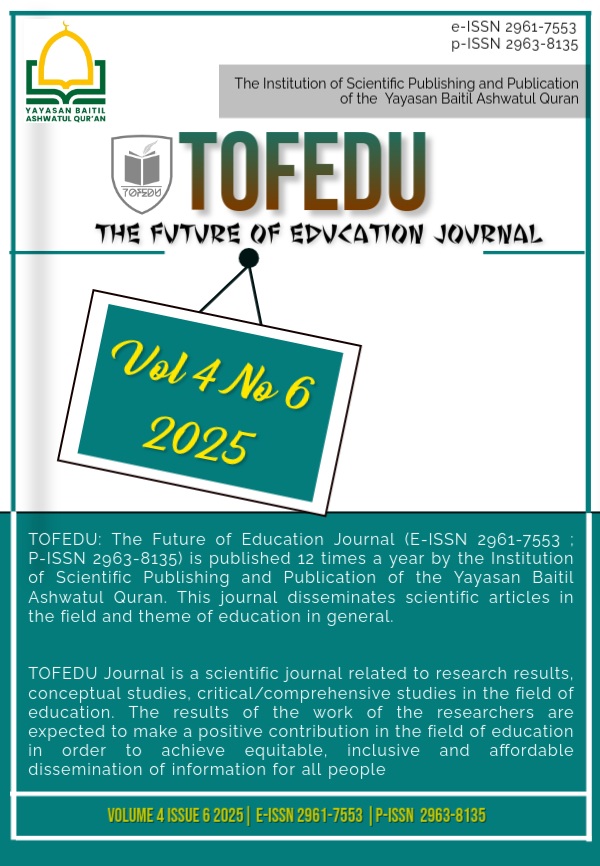The Development of Flannel Box Learning Media for Fraction Material in 2nd Grade at SDN 16 Sitiung
Main Article Content
Abstract
This research is motivated by the fact that in the learning process, teachers primarily use lecture methods and rely on Student Worksheets (LKS) and textbooks, without utilizing engaging learning media. This approach leads to students quickly becoming bored and drowsy during lessons. Moreover, boring learning methods significantly impact students’ understanding and result in decreased learning outcomes. Based on this issue, the Flannel Box media helps students understand fractions and is expected to improve their learning outcomes in mathematics. This research is classified as research and development (R&D). The development model used is the ADDIE model, which consists of the stages of analysis, design, development, implementation, and evaluation. The trial was conducted with 2nd-grade students at SDN 16 Sitiung, using data collection techniques that involved analyzing validity, practicality, and effectiveness tests. The validation results for the Flannel Box learning media obtained an average validation score of 80% (content, media, language), categorized as very valid. The validation of the teaching module received an average score of 82.5%, also categorized as very valid, and the validation of the questions received an average score of 85.6%, categorized as very valid. The practicality test, conducted by educators and 2nd-grade students, yielded a score of 87.5%, categorized as very practical. The effectiveness test, based on the learning outcome tests from the 2nd-grade students, achieved a score of 84.2%, categorized as very effective.
Article Details

This work is licensed under a Creative Commons Attribution 4.0 International License.
